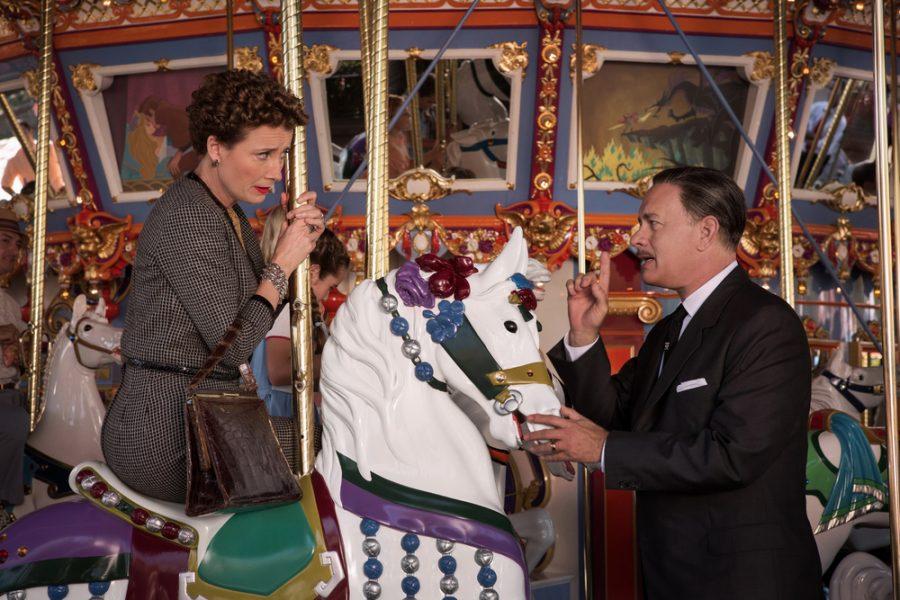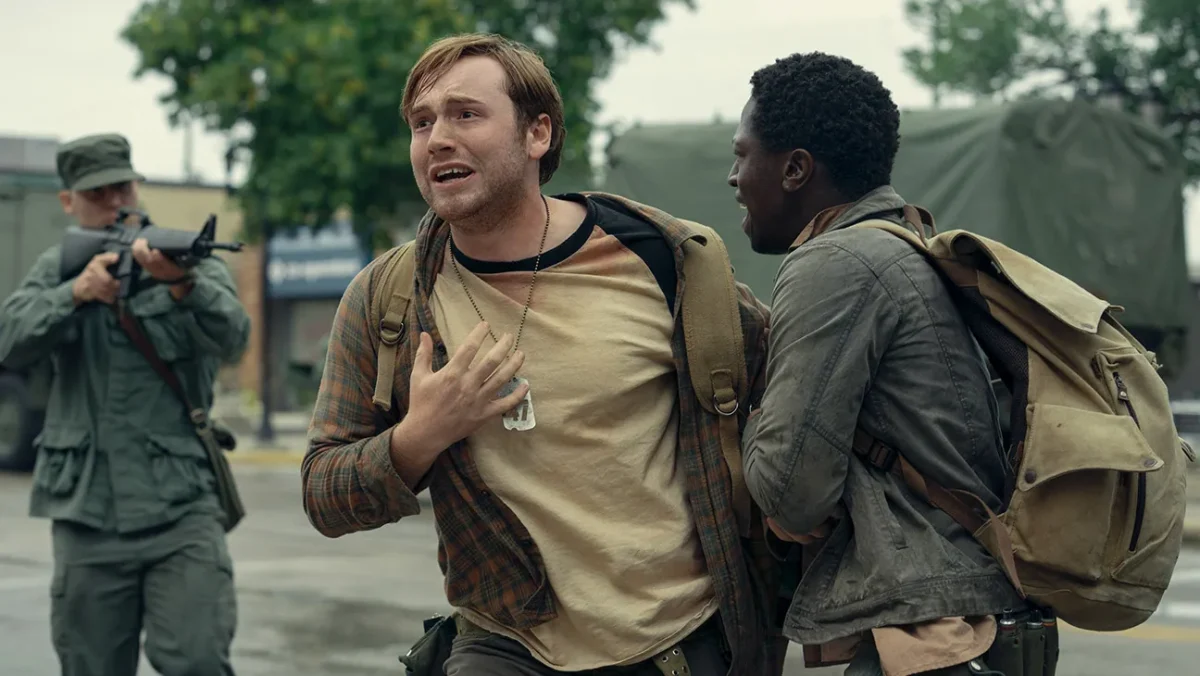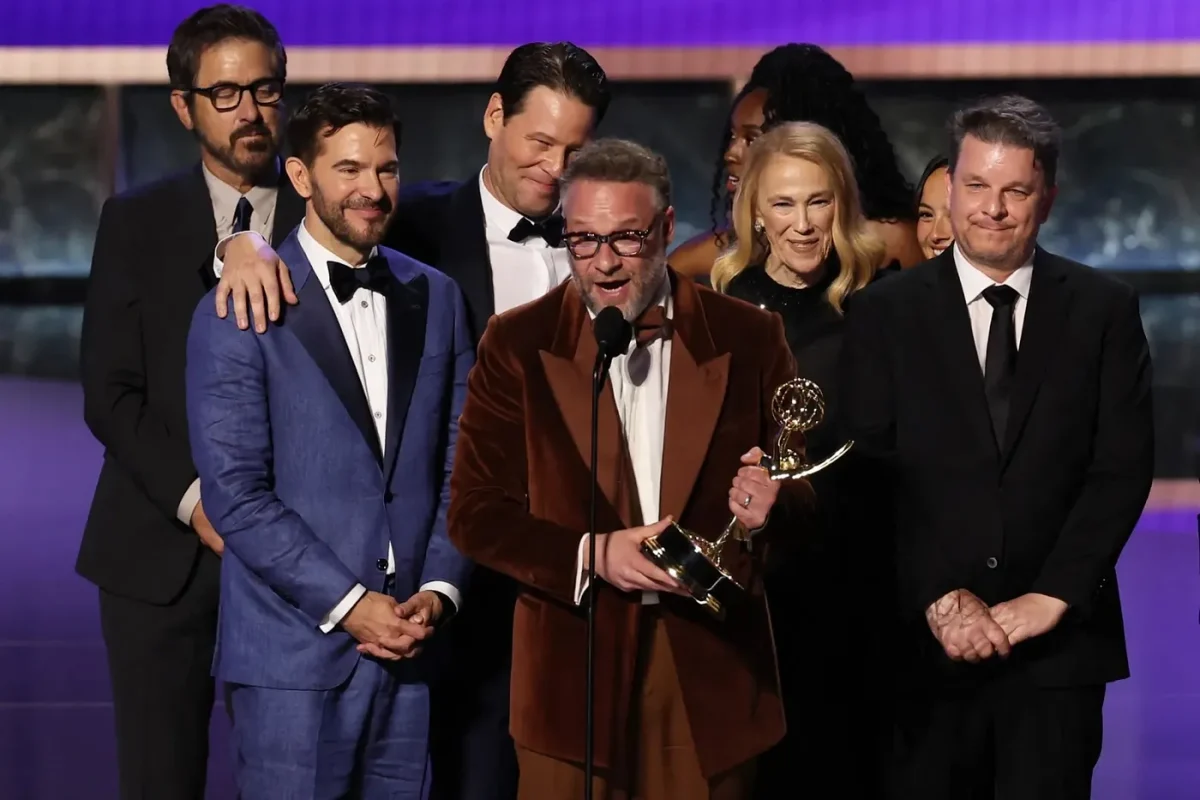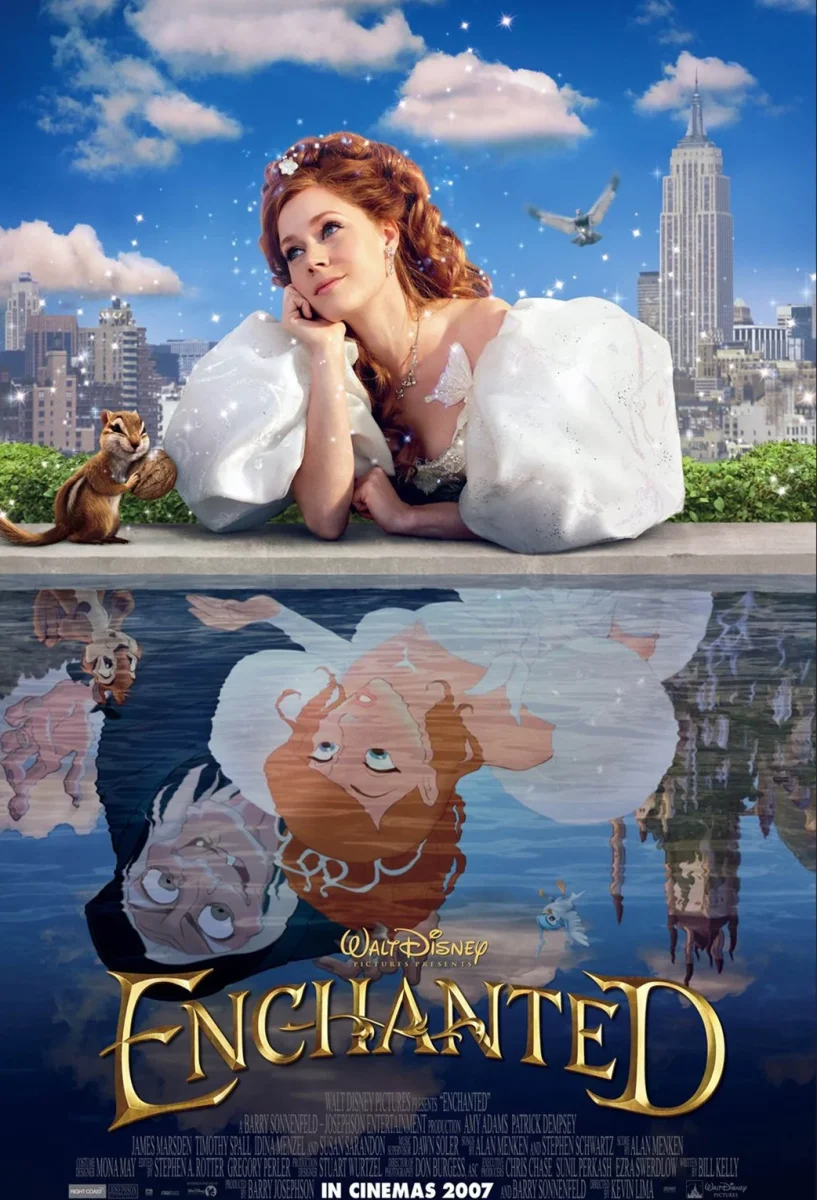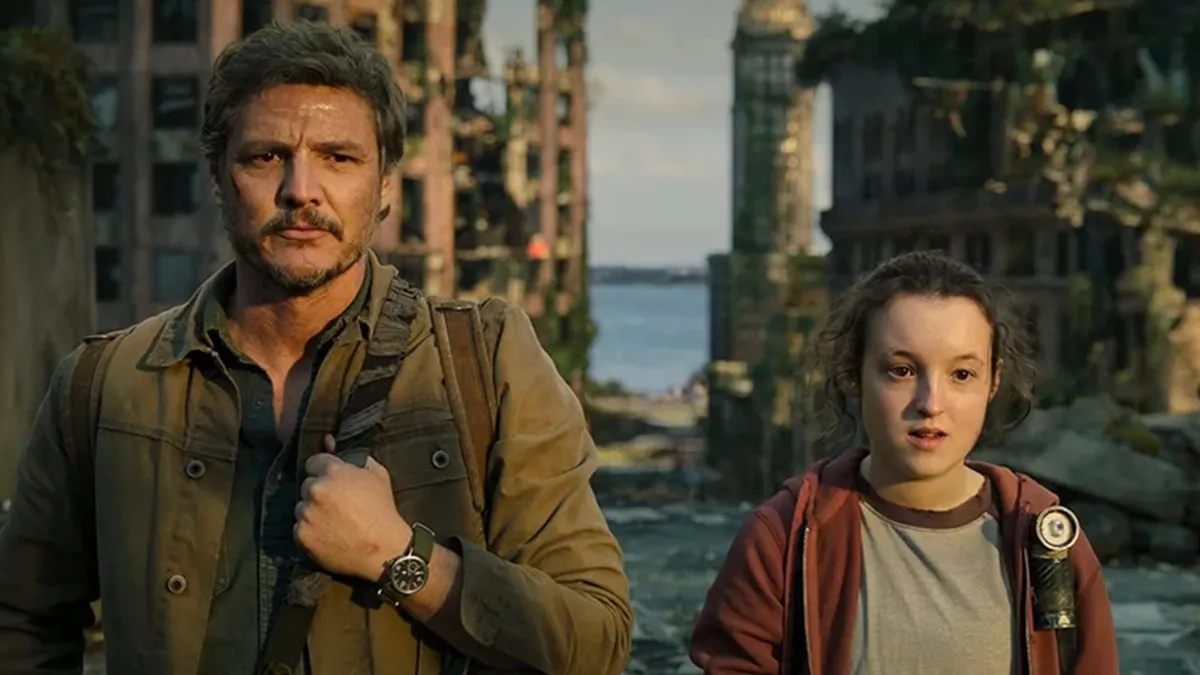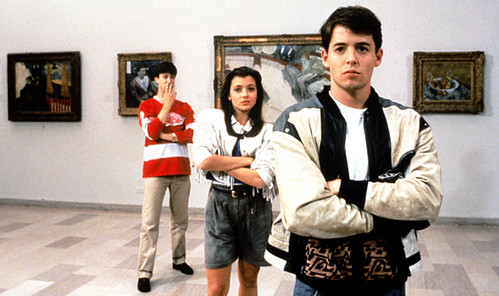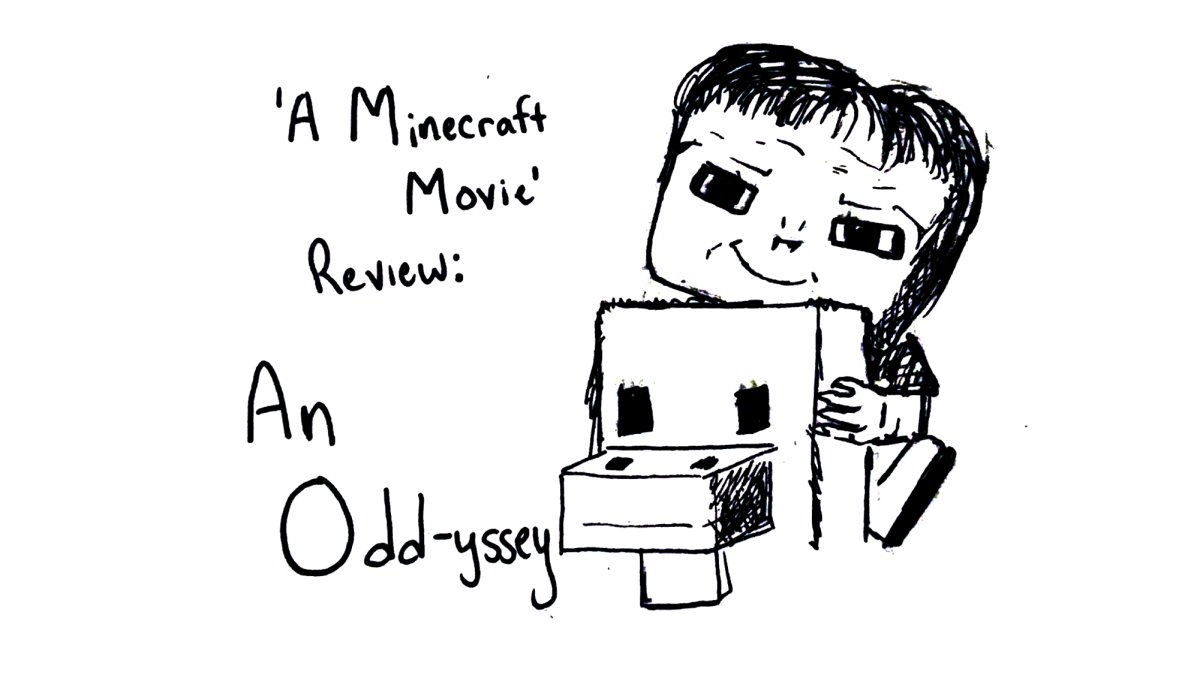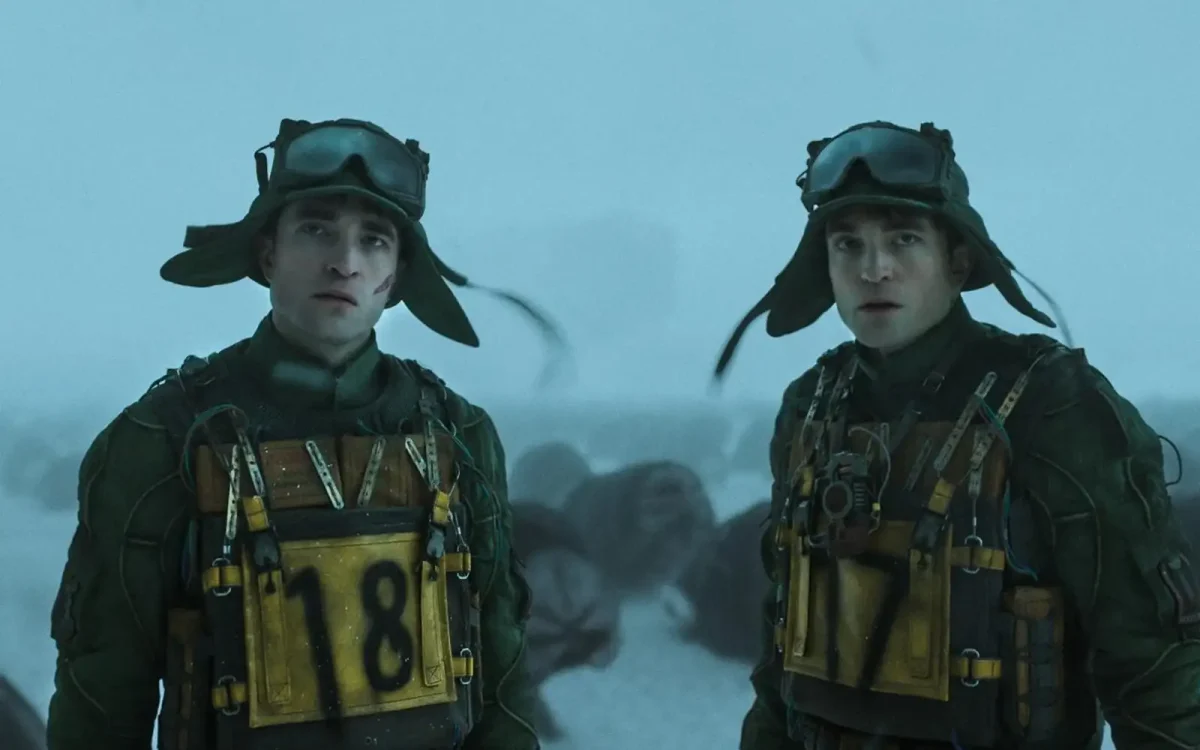In 1964 Disney’s Mary Poppins hit theaters for the first time. The musical cinematic production featuring a magical nanny who saves a middle class family in London warmed America’s hearts with stunning visual affects, a mixture of live action and animation and witty musical numbers. Mary Poppins proved again that Walt Disney had an eye for film production and that he was a masterful negotiator who could get make millions by getting what he wanted, when he wanted.
Disney’s new movie, Saving Mr. Banks, which hits theaters on Dec. 13of this year, is centered on the seven days it took Walt Disney, played by Tom Hanks, and the Disney company to convince PL Travers, played by Emma Thompson, to sign over the rights of her Mary Poppins novel series, thus allowing the creation of the film Mary Poppins.
The film focuses on two different storylines that intertwine with one another throughout the duration of the movie.
One storyline follows the present happenings of PL Travers who is at a crossroads of giving up the rights of her beloved Mary Poppins character to Walt Disney, or risking foreclosure on her house. During this storyline the audience is introduced, in brief segments, to the creation of Mary Poppins in totality of pitch meetings, scene boards and musical number creations. The audience is given first hand insight into arguments that Disney and Travers had over the movie; like, Travers wanted the Banks’ house to be more homely than Disney had imaged, and Disney wanted Mr. Banks to have a mustache and be horrid to his family, although Travers thought he should be clean-shaven and a misunderstood man.
The other storyline covers the distant happenings of Helen Goff, who is PL Travers’ real name, during her childhood in Australia. This storyline introduces the audience to the relationship between Helen and her father, Travers Goff, played by Colin Farrell, where he introduces her to the powers and beauty of imagination and devastates her with his deepening alcoholism. It is the storyline of Helen Goff that evokes sadness and empathy from the audience, as they see a child attempting to grasp her father’s vices to try to make him happy out of pure father-daughter love.
The movie is a visually stunning, interesting, emotional story of Helen Goff coming to terms with her past nearly thirty years later in the span of the seven days it took her to sign the Mary Poppins rights over to Walt Disney. The colors and scenes throughout the movie are crisp and vibrant. The interesting character traits and historical facts that leak throughout the movie will embed interesting answers into the curious minds of audience members. For example, in one of the last scenes, Disney’s office has a map of the state of Florida across the room, which audience members now know is the home to Disney World.
The tragic story of Helen Goff and her relationship with her father, Travers Goff, is enough to break one’s heart, but the way that she turns this story into what is known as Mary Poppins is enough to give anyone hope that they can make beauty out of tragedy.
Overall the movie is something that Mary Poppins movie or novel fans, and Walt Disney aficionados, should definitely go see. It will make one laugh, cry, and be amazed of what really happened before Disney made one of it’s biggest theatrical hits, Mary Poppins.

